Dome-Shaped Spectacular Monolith in Uluru-Kata Tjuta National Park
Kata Tjuta Australia
The Red center Uluru-Kata Tjuta National Park is known for its dome-shaped Sandstone monolith. Uluru and Ayers Rock is recognized as “Australia’s most natural icon” and is a focal point for Australia and its indigenous culture. The sandstone monolith stands 348 meters high with most of its part below the ground. To Anangu (local indigenous people), Uluru or Ayers Rock is a place name, and this “Rock” has a number of different landmarks. Kata Tjuta and Mount Olga, meaning ‘many heads’ in his aboriginal name, is a sacred place, that is considered very powerful and dangerous. It is made up of a group of 36 conglomerate rock domes that date back 500 million years.
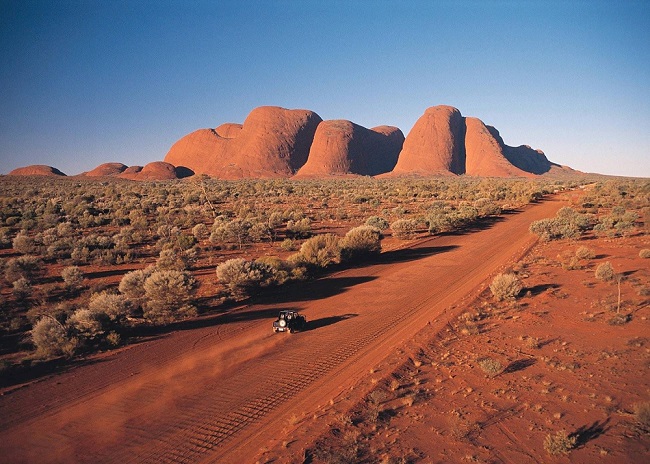
The ancient rock formations of Uluru and Kata Tjuta rising from the land to make an incredible sight in Australia. Uluru and Kata Tjuta rose from the earth in all their red glory measuring 9.5 km in circumference. It is the largest sandstone monolith in the world. Formerly known as the Olgas, the 36 domes of Kata Tjuta cover more than 20 square kilometers of area. The Walpa Gorge is a narrow creek valley between two of Kata Tjuta’s largest domes. The gorge is a sanctuary for numerous plants and animals including wallabies and gorgeous wildflowers.
Also read-Know how this Rock got to shape like Pancake-Punakaiki Pancake Rocks New Zealand
Geographical Location
Uluru-Kata Tjuta National Park is located in the Northern Territory, Australia. Besides Uluru, there are other sacred places are known as Kata Tjuta, both currently in the national park area. Kata Tjuta, also known as the name of Olga mount, is a group of rocky mountains located about 25 km from Uluru. The highest peak of Kata Tjuta is about 1,066 m above sea level. Uluru-Kata Tjuta national park map showing the major route around the national park. The Map is also showing major features located within the National park area.
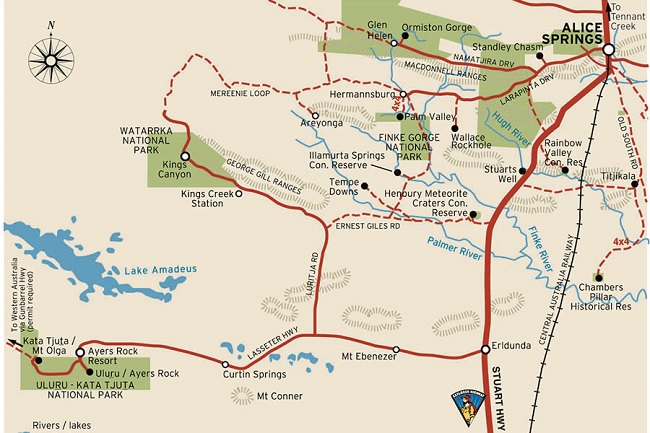
Uluru-Kata Tjuta national park
Uluru-Kata Tjuta National Park is a protected area in the Northern Territory of Australia. The park is home to both Uluru and Kata Tjuta. It is located 1,943 kilometers south of Darwin by road and 440 kilometers southwest of Alice Springs along the Stuart and Lasseter Highways. The park covers 1,326 square kilometers area and includes the features it is named after, Uluru and, 40 kilometers to its west, Kata Tjuta. The location is listed as a UNESCO World Heritage Site for its natural and cultural landscape. Anangu are the traditional Aboriginal owners of Uluru-Kata Tjuta National Park Australia. They believe that their culture was created at the beginning of time nearly 30000 thousand years back.
Geography and Geology
The domed-shaped rock of the region is composed of conglomerate, a sedimentary rock consisting of cobbles and boulders of varying rock types including granite and basalt, cemented by a matrix of sandstone. The crevasses forms in the rock are due to erosion, primarily by water. The national park area is a dry region, the large area of these domes collects a lot of rainwater, which runs off in steep waterfalls during rain. See the Ayers Rock below.
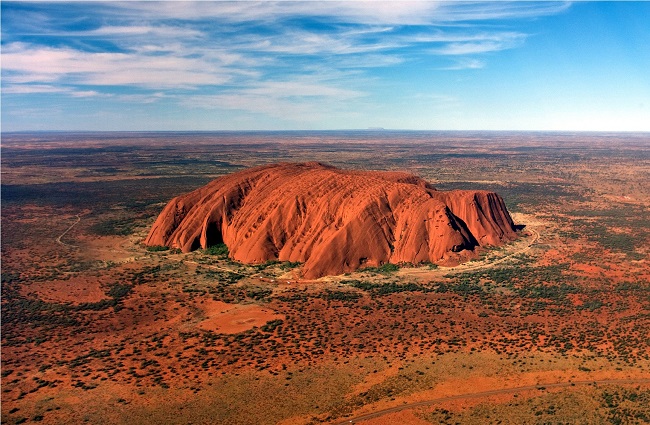
Geological research says that Uluru-Kata Tjuta and Watarrka National Parks form 500 million years ago when the entire area was covered by an inland sea and over many centuries, sand and mud deposited at the bottom of the sea, creating rock and sandstone over millions of time. Kata Tjuta’s domes are the eroded remains of sedimentary rock from the seabed, while Uluru is a relict of the coarse-grained, mineral-rich Aarkosic sandstone.
Things to do in Uluru Kata tjuta national park
Hiking and climbing
Anangu does not climb Uluru because of its great spiritual significance. The national park’s board voted unanimously to ban climbing in Uluru and climbing has been banned since October 2019. The Valley of the Winds walk is an alternative to climbing Uluru. The walk offers great views of the landscape from two lookout points along the track. The walk may be steep, rocky, and difficult. For safety reasons, this walk is closed under certain circumstances including heat, darkness, and during the rescue.

Walk around Uluru park
Walking around the base of Uluru following the tracks is a great experience. The 36 steep-sided domes of Kata Tjuta lie 50 kilometers by road from Uluru. Everyone is encouraged to explore this otherworldly site on foot and stay on the marked tracks. When you are in this landscape, feel the echoes of time, breathe in the tranquillity and listen to the soothing sounds of the desert. Travelers can see mind-blowing rock formations to endless vistas, from soaring domes to unbelievable crevices and rock art paintings.
Gaze across glistening lights in the Uluru desert
As darkness falls the Field of Uluru-Kata Tjuta national park illuminates with lights. As far as the eye can see gentle rhythms of color light up the desert. The critically acclaimed Field of Light Uluru by the internationally celebrated artist Bruce Munro. The exhibition aptly named looking at lots of beautiful lights in local Pitjantjatjara is Munro’s largest work to date. Overwhelming in size, covering more than seven football fields, it invites immersion in its fantasy garden of 50,000 spindles of light, the stems breathing and swaying through a sympathetic desert spectrum of ochre, deep violet, blue and gentle white.
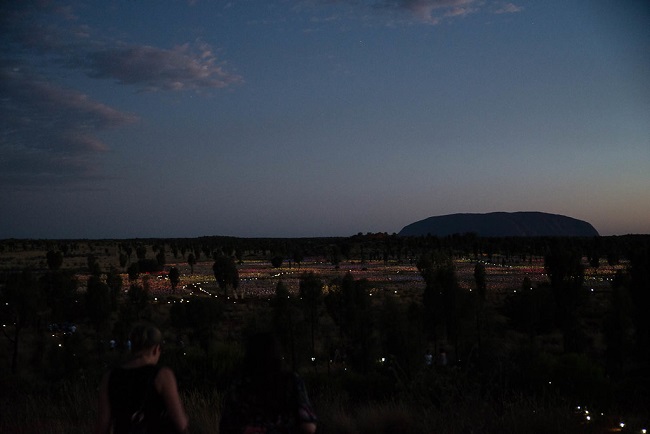
Sunrise and sunset
Sunrise or sunset is always memorable in this national park. The national park has five viewing areas dedicated to experiencing and photographing the beautiful scenery. But there are plenty of other quiet spots around the park to take in the sunrise or sunset. When the sun’s rays hit the rock formations directly, they appear to change color.
Flights to Uluru-Kata Tjuta national park
Uluru-Kata tjuta national park has its own samll Airport. Due to the place being far away, isolated and remote, the easiest way to visit is using aircraft from the airport.
Sources-Parksaustralia.gov.au, whc.unesco.org, parksaustralia.gov.au
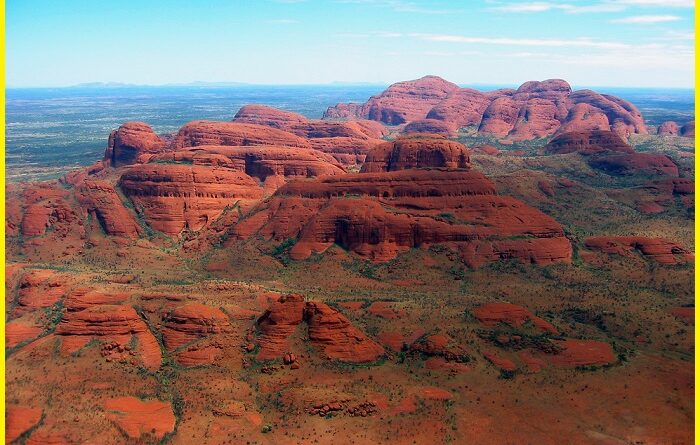

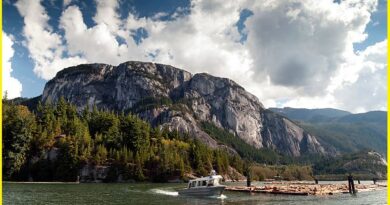
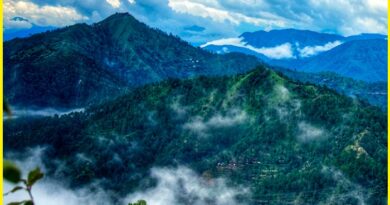
Pingback: Nastapoka Arc-A geological Puzzle in Hudson bay, Quebec - Geotourism